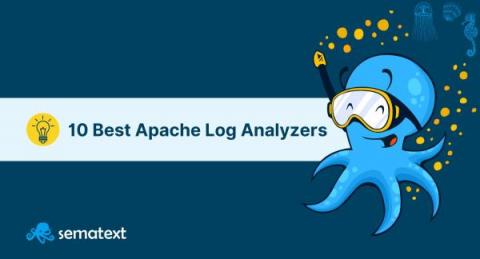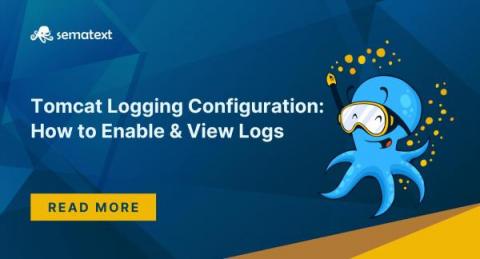What To Do When Elasticsearch Data Is Not Spreading Equally Between Nodes
Elasticsearch (ES) is a powerful tool offering multiple search, content, and analytics capabilities. You can extend its capacity and relatively quickly horizontally scale the cluster by adding more nodes. When data is indexed in some Elasticsearch index, the index is not typically placed in one node but is spread across different nodes such that each node contains a “shard” of the index data. The shard (called primary shard) is replicated across the cluster into several replicas.











